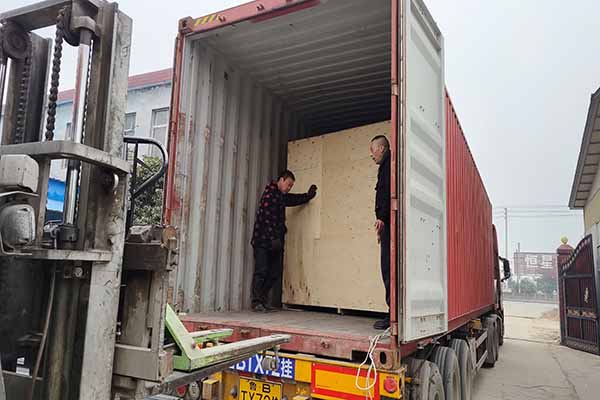How Much Money Can Tanzanian Chicken Farms Save by Using Automated Equipment?
Time : 2025-04-23
Tanzania’s chicken farming industry has been growing steadily over the years. As the demand for chicken meat and eggs increases, so does the need for efficient and cost-effective farming practices. One way to achieve this is by incorporating automated equipment into chicken farms. But how much money can Tanzanian chicken farms actually save by using these innovative tools? Let’s dive into the details.
The Current State of Tanzanian Chicken Farms
In Tanzania, chicken farming is mainly a small-scale operation, with many farmers relying on traditional methods. These methods include manual tasks such as feeding, watering, and cleaning the coops. While these practices have been successful in the past, they are not as efficient as automated systems, especially when it comes to scaling up production.
The Rise of Automated Equipment in Chicken Farming
Automated equipment has become increasingly popular in the poultry industry, as it offers several advantages over traditional methods. These machines can handle tasks such as feeding, watering, egg collection, and even monitoring the health of the chickens. Here are some of the key benefits of automated equipment:
1. Increased Efficiency: Automation can significantly reduce the time and labor required to perform routine tasks, allowing farmers to focus on other important aspects of their business.
2. Improved Animal Welfare: Automated systems can provide a more consistent and comfortable environment for chickens, reducing stress and improving their overall health.
3. Reduced Costs: Although the initial investment in automated equipment can be high, the long-term savings from increased efficiency and reduced labor costs can be substantial.
4. Enhanced Food Safety: Automated systems can minimize the risk of contamination, ensuring that the chickens produce safe and high-quality meat and eggs.
The Potential Savings for Tanzanian Chicken Farms
Now that we understand the benefits of automated equipment, let’s look at how much money Tanzanian chicken farms can save by using these tools. Here are some key areas where automated equipment can make a significant impact:
1. Labor Costs: One of the most significant expenses for chicken farms is labor. By automating tasks such as feeding and watering, farmers can reduce the number of workers required, thus cutting down on labor costs. According to a report by the International Labor Organization, the average cost of labor per hour in Tanzania is around $2. This means that automating just one of these tasks could save a farm up to $1,200 per month.
2. Egg Collection: Manual egg collection is a time-consuming and labor-intensive process. Automated egg collection systems can collect eggs 24/7, ensuring that no eggs are wasted. With an average egg production of 250 eggs per day, a farm can save around $300 per month by automating egg collection.
3. Health Monitoring: Automated systems can monitor the health of chickens, allowing farmers to detect and address potential health issues early on. This can prevent outbreaks and reduce the need for antibiotics, which can be costly and harmful to the environment. By investing in health monitoring equipment, a farm can save up to $1,000 per month.
4. Energy Efficiency: Automated systems can also improve energy efficiency, reducing the amount of electricity and water used. This can lead to significant savings, especially in regions with high energy costs. A farm can save up to $500 per month by optimizing its energy usage.
Conclusion
In conclusion, Tanzanian chicken farms can save a substantial amount of money by incorporating automated equipment into their operations. The savings come from reduced labor costs, improved efficiency, and enhanced animal welfare. While the initial investment in these systems can be high, the long-term benefits make it a worthwhile investment for any chicken farm looking to increase its profitability and sustainability.
Tags












